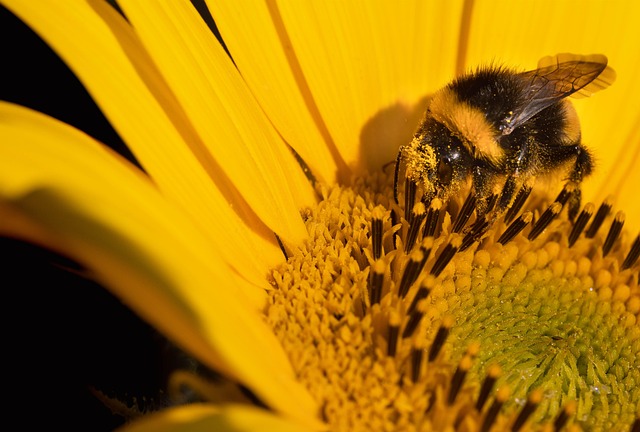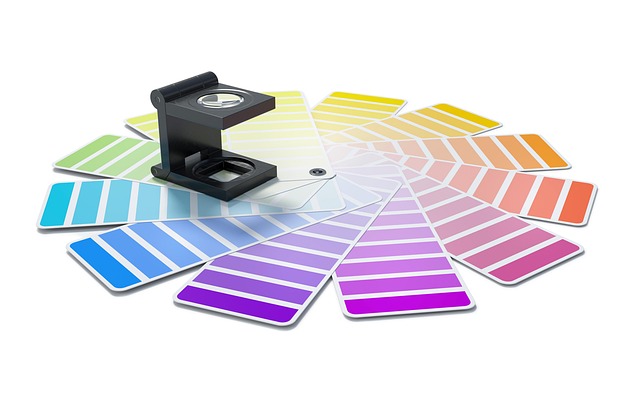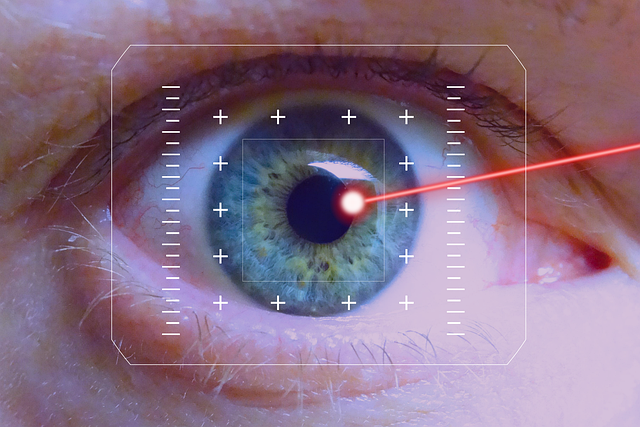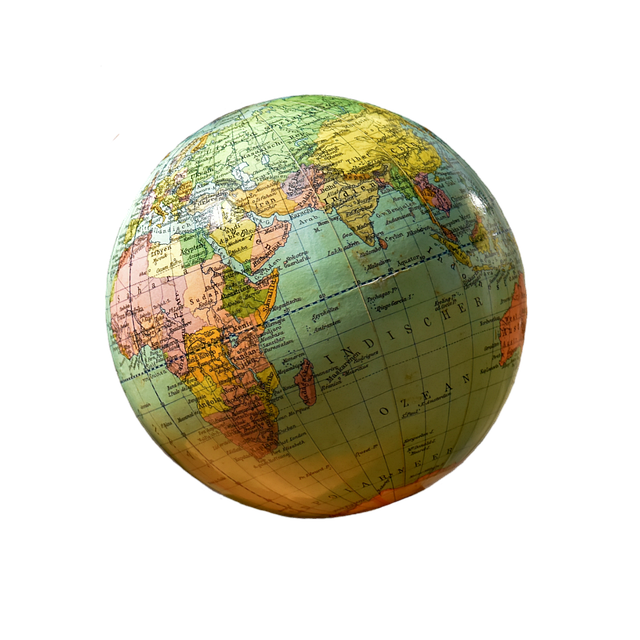Introduction
Color correction in photography is more than just a technical skill; it’s an art form that bridges creativity and technicality. As photographers, we wield the power to transform mundane images into breathtaking visuals that resonate with viewers. Understanding the nuances of color correction allows us to curate experiences, evoke emotions, and tell engaging stories through our photographs.
The Importance of Color in Art and Design
Color is a fundamental aspect of art and design that influences perception and emotion. In photography, every hue, shade, and tint contributes not only to the aesthetic effect but also to the narrative of the image. Colors can evoke feelings of warmth, nostalgia, excitement, or calmness—understanding this enables photographers to amplify the impact of their work.
Understanding Color Correction
Color correction involves adjusting the colors in your photographs to achieve a more accurate representation of how our eyes perceive the world. This process can eliminate color casts that may occur due to lighting conditions or camera settings. A well-executed color correction can enhance the mood of the image, making it feel more harmonious and inviting.
Tools for Color Correction
With the advancement of technology, photographers have access to various tools for color correction. From Adobe Lightroom to more specialized software, these platforms offer a plethora of options to manipulate colors. Utilizing features such as the histogram, curves, and color balance allows you to fine-tune your images and achieve the desired look.
Techniques to Master
To truly master color correction, familiarity with specific techniques is essential:
- White Balance: Adjust the white balance to ensure that colors appear naturally. This crucial step corrects any unwanted color casts that can distract viewers.
- Hue Shifting: Fine-tune individual colors to bring vibrancy without overwhelming the entire image.
- Selective Color Adjustments: Alter specific colors while preserving the integrity of others, allowing you to draw attention to key elements.
Creating Mood Through Color
Each color has emotional connotations, and by leveraging this knowledge, you can create more impactful images. Consider the atmosphere you want to convey:
- Warm Tones: Reds, oranges, and yellows can evoke feelings of warmth and happiness.
- Cool Tones: Blues and greens instill calmness and serenity, often effective in landscape photography.
- Monochrome: Black and white images strip away color, forcing viewers to focus on lines, shapes, and texture.
Iterate and Experiment
Color correction is not a one-size-fits-all process. Each photograph is unique, with its own lighting conditions and subject matter. Don’t hesitate to experiment with different adjustments until you find the perfect balance that feels right. It’s this experimental mindset that fosters growth in your photographic journey.
Building Your Style
Through consistency in your color correction techniques, you can develop a distinctive style that speaks to your artistic vision. Whether you lean towards vibrant colors that pop or prefer more subdued tones, your approach will become a recognizable hallmark of your photography.
Engage with Your Audience
When sharing your work, consider the narrative your colors convey. Engaging with your audience about your color choices can foster deeper connections. Invite feedback and incorporate varying perspectives to refine your approach further.




